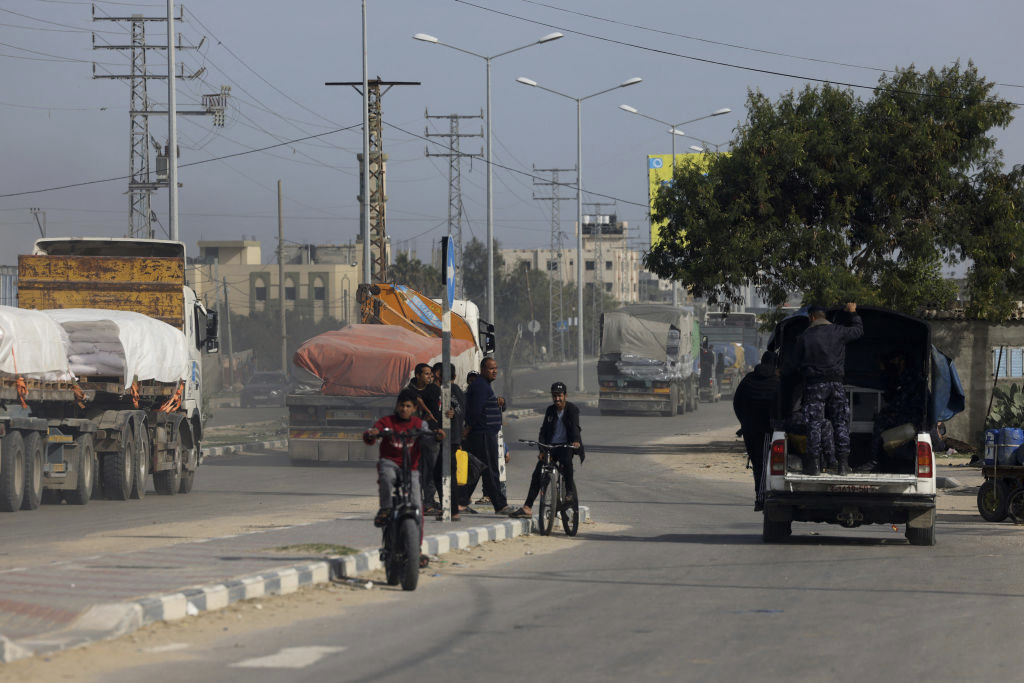As the clock ticked towards 2025, Puerto Rico faced a familiar foe. A massive power outage plunged 1.2 million customers into darkness on December 31, 2024. This blackout affected over 80% of the island’s population, disrupting New Year’s Eve celebrations and daily life.
The outage began at 5:30 AM when an underground power line failed in the southern part of the island. This triggered a domino effect, shutting down multiple power plants across Puerto Rico. Luma Energy, the private company managing electricity transmission, warned that full restoration could take up to 48 hours.
This incident highlights Puerto Rico’s ongoing struggle with an unreliable power grid. The island’s electrical infrastructure, already weakened by years of neglect, was devastated by Hurricane Maria in 2017. Despite efforts to rebuild, chronic outages persist, impacting residents and businesses alike.
 Puerto Rico’s New Year’s Eve Blackout: A Recurring Nightmare. (Photo Internet reproduction)
Puerto Rico’s New Year’s Eve Blackout: A Recurring Nightmare. (Photo Internet reproduction)The timing of this blackout proved particularly disruptive. Businesses scrambled to adjust their New Year’s Eve plans, while the Luis Muñoz Marín International Airport relied on backup generators to maintain operations. Some residents took the outage in stride, having experienced similar incidents before. Others expressed frustration with the recurring problem.
Puerto Rico’s New Year’s Eve Blackout: A Recurring Nightmare
Puerto Rico’s power woes extend beyond mere inconvenience. They hinder economic recovery and discourage investment. This latest incident raises questions about the effectiveness of privatization efforts in the energy sector and the need for long-term solutions.
As Puerto Rico enters 2025, the stability of its power grid remains a critical issue. The New Year’s Eve blackout serves as a stark reminder of the challenges ahead and the urgent need for a more resilient electrical infrastructure.

 By The Rio Times | Created at 2024-12-31 14:51:06 | Updated at 2025-01-04 01:49:44
3 days ago
By The Rio Times | Created at 2024-12-31 14:51:06 | Updated at 2025-01-04 01:49:44
3 days ago








